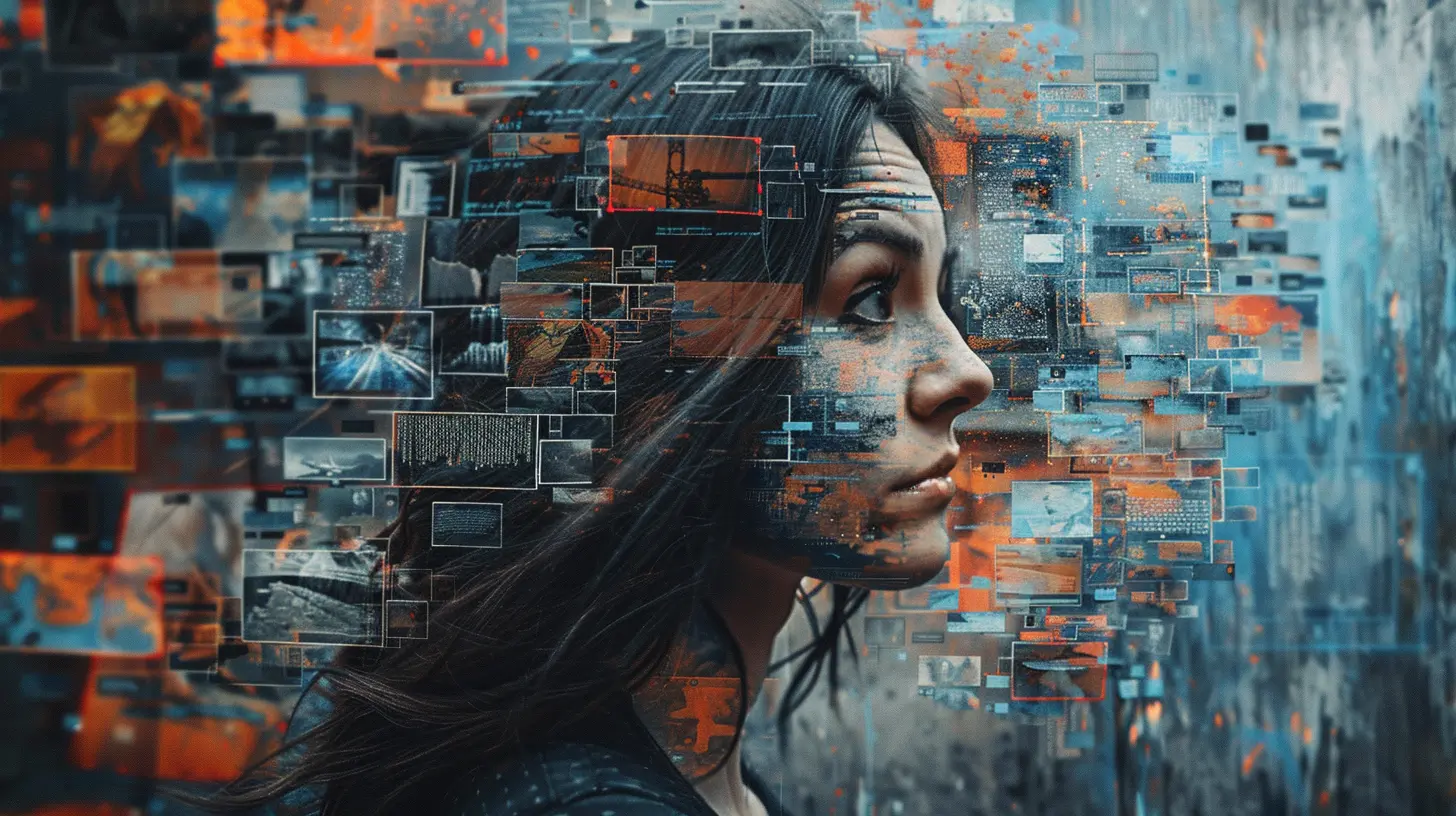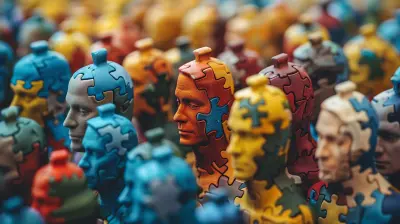The Role of Media in Shaping Mental Health Perceptions
29 August 2025
Mental health has always been a sensitive topic, but in recent years, it's gained more visibility—thanks to media. Whether it’s in movies, TV shows, social media, or news reports, the way mental health is portrayed directly influences how people perceive it. But is this influence always positive? Not necessarily.
The media can be a powerful force for good, breaking down stigma and encouraging open conversations. On the flip side, it can also spread misinformation, reinforce harmful stereotypes, and even discourage people from seeking help. Let’s dive deeper into how media shapes our understanding of mental health and what we can do to ensure responsible representation.

The Power of Media in Mental Health Awareness
Media is everywhere. From the moment we wake up and scroll through social media to when we unwind with a TV series before bed, we’re constantly consuming content. This exposure plays a big role in shaping our thoughts—whether we realize it or not.When media portrays mental health accurately and compassionately, it helps educate the audience. It makes people more empathetic, creates a sense of community, and encourages those struggling to seek help. For instance, campaigns like #BellLetsTalk and mental health documentaries have started important discussions that were once considered taboo.
Positive Representation in the Media
Thankfully, there have been some great examples of responsible mental health representation in recent years. TV shows, movies, and even influencers are beginning to shift the narrative by presenting real, nuanced portrayals of mental health struggles.1. Breaking the Stigma
Many people still believe that mental health issues are a sign of weakness or something to be ashamed of. When celebrities and influencers openly talk about their struggles with anxiety, depression, or PTSD, it normalizes these discussions. If someone like Dwayne "The Rock" Johnson or Lady Gaga can talk about their mental health openly, it makes others feel less alone.2. Encouraging Help-Seeking Behavior
When movies and TV shows portray therapy in a positive light, it helps eliminate the stereotype that seeking professional help is only for extreme cases. Shows like BoJack Horseman and This Is Us have tackled therapy in ways that feel real and relatable, showing that it's okay to ask for help.3. Education and Awareness
Some media productions have gone the extra mile to ensure accuracy in their depictions of mental health. For instance, the show Atypical took great care to depict autism spectrum disorder authentically. When stories are told with expertise and compassion, they provide valuable education and help fight misconceptions.
The Dark Side of Media Influence
Unfortunately, media doesn’t always get mental health right. There are countless examples of misinformation, harmful stereotypes, and romanticized portrayals that do more harm than good. Let’s look at some of the biggest issues.1. Sensationalizing Mental Illness
How often do we see villains in movies and TV shows labeled as "crazy" or "psychopaths"? Characters with conditions like schizophrenia or dissociative identity disorder are often depicted as dangerous, unstable, or violent. This misrepresentation fuels fear and misunderstanding, making real-life sufferers feel alienated.2. Romanticizing Mental Health Struggles
Some media portray mental illness as something "beautiful" or "tragic but artistic." Think about how depression is often shown in movies—a brooding artist struggling with their emotions in a poetic way. While storytelling is important, this kind of portrayal can make struggles seem desirable, leading some to glorify mental illness rather than understanding its challenges.3. Social Media: A Blessing and a Curse
Social media platforms can be incredible spaces for mental health discussions, but they also come with their own set of problems.- Comparison Culture: Seeing carefully curated highlight reels of others’ lives can make people feel inadequate, contributing to anxiety and depression.
- Misinformation: Not all mental health advice online is reliable. Misinformation spreads quickly, sometimes discouraging professional treatment in favor of unverified “hacks” or self-diagnoses.
- Toxic Positivity: While positivity is great, dismissing struggles with phrases like “just be happy” or “others have it worse” can invalidate real pain and discourage people from seeking help.

How to Improve Mental Health Representation in the Media
So, how do we ensure that media plays a more responsible role in shaping mental health perceptions? There are a few key steps we can take.1. Encourage Authentic Storytelling
Producers, writers, and content creators should prioritize accuracy when portraying mental health. This means consulting experts, listening to real stories, and avoiding clichés or harmful stereotypes. Movies like Inside Out have done a fantastic job of illustrating emotions in a way that’s both entertaining and educational.2. Hold the Media Accountable
As consumers, we have a voice. If we see harmful portrayals in the media, we can speak up—whether it’s through social media, petitions, or supporting watchdog organizations that promote responsible storytelling.3. Promote Positive Influencers
Following mental health advocates who share reliable information can help create a healthier media environment. Therapists, psychologists, and mental health organizations often use platforms like Instagram and TikTok to share valuable insights in an engaging, digestible way.4. Teach Media Literacy
One of the best ways to combat misinformation is by educating people on how to critically analyze media. Schools, workplaces, and communities should teach media literacy so individuals can differentiate between fact and fiction. Understanding that not everything we see online is accurate is a crucial step in protecting mental health.
Final Thoughts
The media has an undeniable influence on the way we perceive mental health—for better or worse. While responsible portrayals have helped start important conversations, misinformation and harmful stereotypes still exist. The good news? We have the power to demand change. By supporting accurate and compassionate storytelling, consuming media mindfully, and advocating for better representation, we can ensure that mental health is portrayed in a way that truly helps rather than harms.It’s time we move beyond outdated stigmas and embrace a more understanding and supportive narrative. Because at the end of the day, mental health matters. And the way we talk about it in the media? That matters too.
all images in this post were generated using AI tools
Category:
Mental Health StigmaAuthor:

Ember Forbes
Discussion
rate this article
1 comments
Stephanie Franklin
This article insightfully highlights how media influences public perceptions of mental health, emphasizing the need for responsible representation to combat stigma. Great read!
October 4, 2025 at 2:25 PM

Ember Forbes
Thank you for your kind words! I'm glad you found the article insightful and agree on the importance of responsible media representation in mental health.


